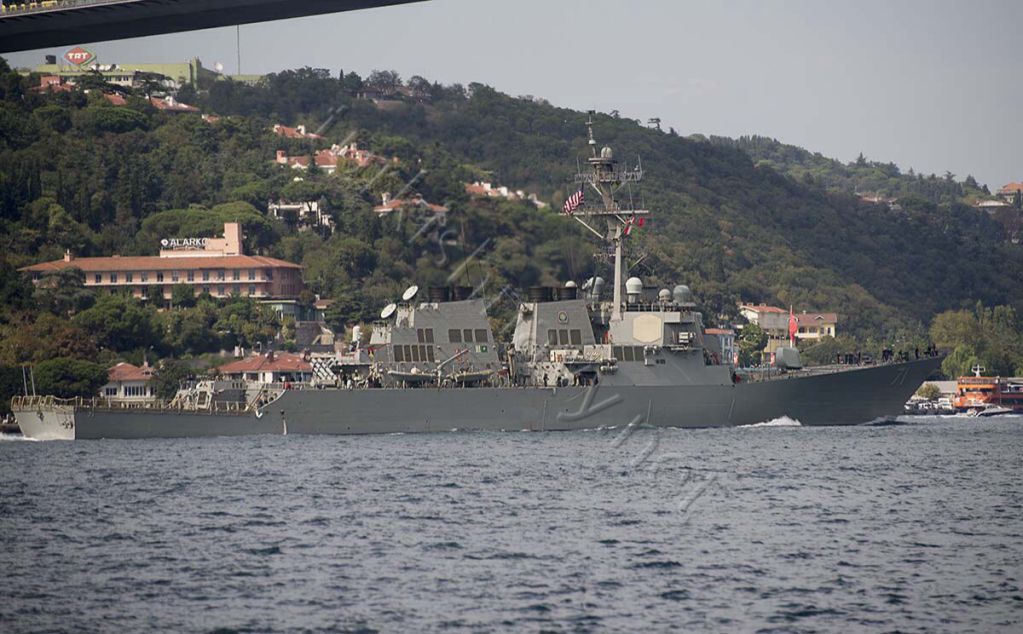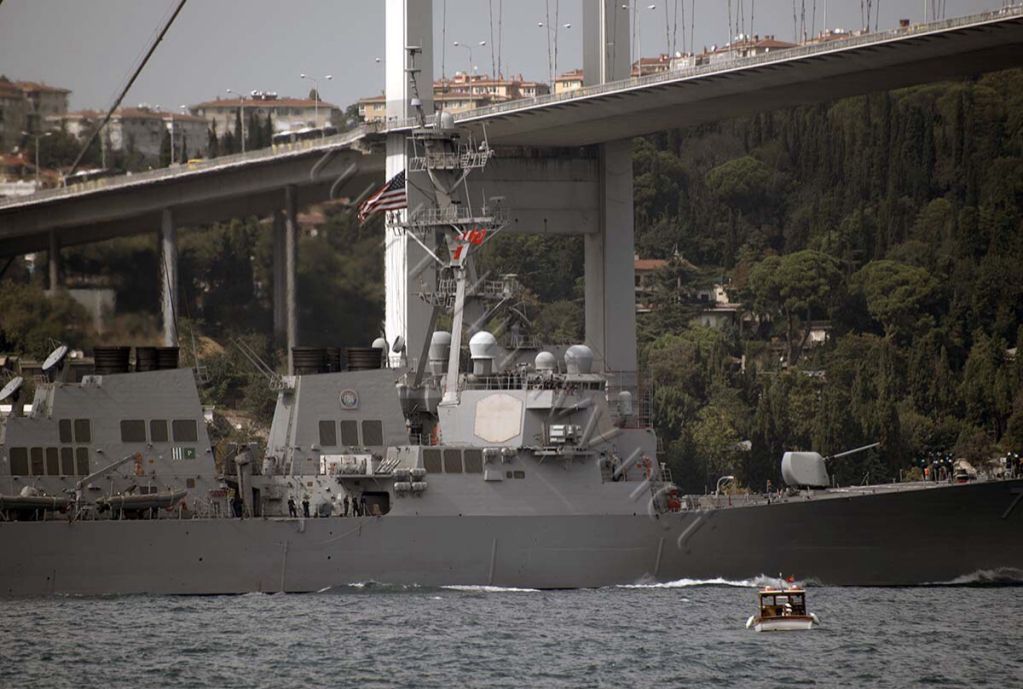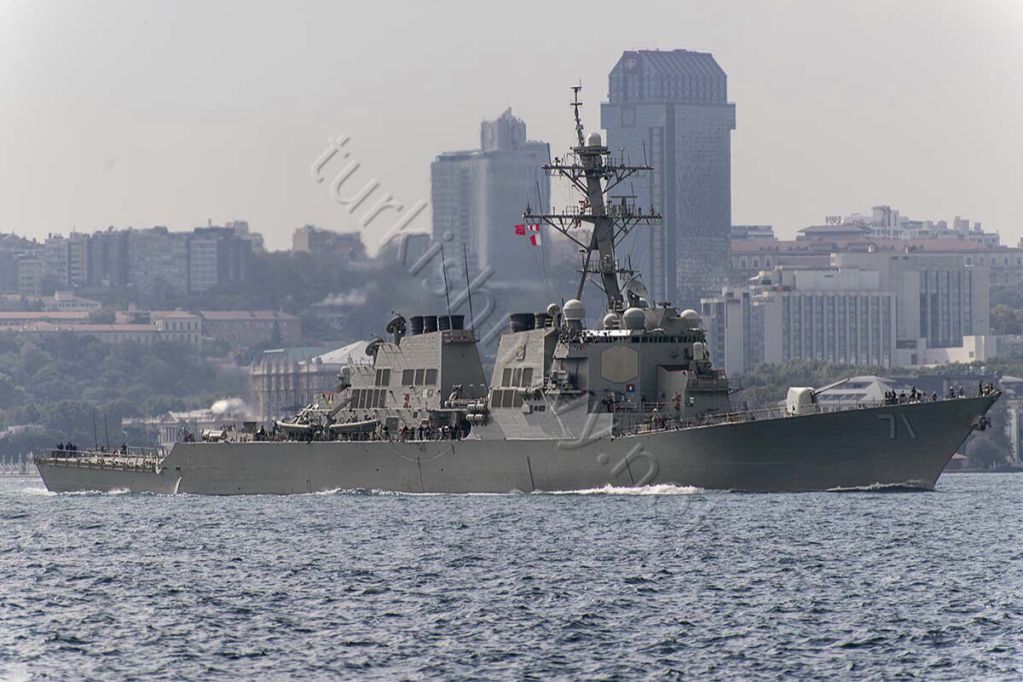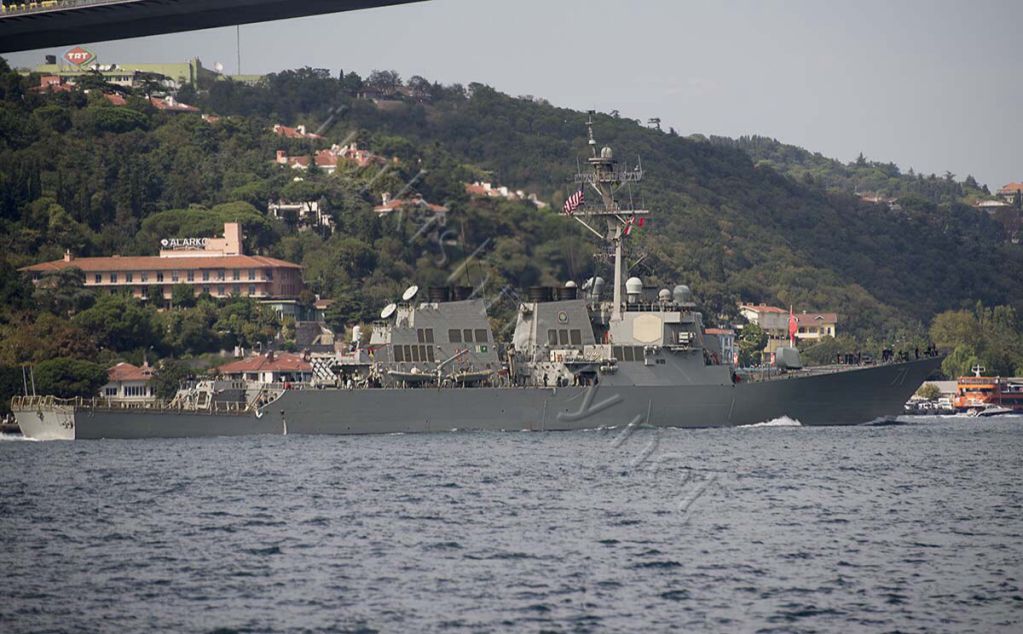You are using an out of date browser. It may not display this or other websites correctly.
You should upgrade or use an alternative browser.
You should upgrade or use an alternative browser.
US Military News, Reports, Data, etc.
- Thread starter tphuang
- Start date
Can someone give details on the advantages over the current LCAC seems like just another replacement
Payload 74 against 60 tons.
asif iqbal
Banned Idiot
Nice one that means they can land a fully equipped battle ready Abram tank into theatre with this LCAC
MANAMA, Bahrain (NNS) -- A U.S. Marine Corps CH-53E Super Stallion helicopter assigned to the 22nd Marine Expeditionary Unit (MEU) crashed at 2:00 p.m. (GMT), today, at sea in the Gulf of Aden as it attempted to land aboard USS Mesa Verde (LPD 19).
All 25 persons aboard the helicopter; 17 Marines and eight Navy Sailors, were safely recovered and are aboard USS Mesa Verde. Personnel who sustained minor injuries in the crash were treated aboard USS Mesa Verde.
The crash was not a result of hostile activity. The aircraft was transferring the Marines and Sailors back to USS Mesa Verde from training ashore in nearby Djibouti.
The Navy and Marine Corps will investigate the cause of the crash.
USS Mesa Verde with embarked elements of the 22 MEU is part of the Bataan Amphibious Ready Group currently on a scheduled deployment to the U.S. Central Command Area of Responsibility where it is conducting maritime
security operations.
Bernard
Junior Member
US Has Lost ‘Dominance In Electromagnetic Spectrum’: Shaffer
By Sydney J. Freedberg Jr.
on September 03, 2014 at 3:49 PM
The Navy's new EA-18G Growler electronic warfare aircraft during sea trials.
The Navy’s new EA-18G Growler electronic warfare aircraft during sea trials.
NATIONAL PRESS CLUB: “We have lost the electromagnetic spectrum,” the Pentagon’s research and engineering chief said this morning. “That’s a huge deal when you think about fielding advanced systems that can be [countered] by a very, very cheap digital jammer.”
We’ve heard senior Pentagon officials fret about electronic warfare before, most prominently the Chief of Naval Operations, Adm. Jonathan Greenert, but this is the bluntest and most alarming statement yet.
“We have got to, in my opinion, regain some dominance in the electromagnetic spectrum, or at least parity, so things that we buy continue to operate as we intended them to,” Shaffer said. For example, the Pentagon’s biggest program ever, the F-35 Joint Strike Fighter, has much-touted information technology built-in, but, he told reporters cryptically after his public remarks, “if we don’t really pay attention to the EM spectrum, it is not a good news story for the F-35.”
So what the hell happened? “There is no single answer,” Shaffer said when I asked him at the annual Common Defense (ComDef) conference here. Part of the problem is that the US government has sold off many of radio frequencies it used to own, “for good economic reasons,” he told the audience.
But by far the bigger factor is the global shift from analog to digital technologies, with a proliferation of high-powered, low-cost, commercially available equipment driven by Moore’s Law. The kind of electronic eavesdropping and jamming that used to require a nation-state’s resources are now available to small countries and even guerrillas (as well as to innovators inside the Defense Department). “People are able to create very agile, capable systems for very little money, and those agile, capable systems — if we don’t develop counters — can impact the performance of some of our high-end platforms,” Shaffer said.
What Shaffer didn’t say is that the US military neglected electronic warfare for at least the decade after the Soviet Union fell. After 9/11, radio-detonated roadside bombs triggered a rush to get EW gear to ground troops in Afghanistan and Iraq, but outside that narrow area, investments still lagged. While the Air Force has high hopes for the F-35, it has only a handful of dedication electronic warfare aircraft left, the EC-130H Compass Calls. The Navy has spent heavily to replace the geriatric EA-6B Prowler with the sleek EA-18G Growler — but to date it’s putting a lot of old electronics in that new airplane: A new Next-Generation Jammer (NGJ) to go on the Growler is still in development.
Nor has the military take full advantage of new sensor and communications technology. “We have stayed largely in our standard radar and communication bands,” such as X-band radar, Shaffer said, “while the rest of the world has moved to higher and lower frequency….They’ve gone to broader bandwidth and more agile systems.”
As a result, we have cases where Iraqi insurgents could watch video feeds from Predator drones because no one bothered to encrypt the signal. While the guerrillas seem not to have made much of the jittery, out-of-context images, a more sophisticated opponent could have mined them for intelligence, jammed the link between the drones and their human operators, or even hacked into the US network.
A leading independent expert on future warfare agreed with this grim picture.
“Shaffer is absolutely correct,” said Ben Fitzgerald of the Center for a New American Security when I showed him a transcript of the remarks. “Many of the technologies the U.S. uses, GPS for example, don’t use especially strong signals and are susceptible to denial from other systems that are increasingly affordable.”
GPS is arguably the most glaring single vulnerability. While civilians worldwide have come to take the Global Positioning System for granted as part of daily life, the US Air Force still runs GPS, and all branches of the military depend on it for everything from foot patrols in Afghanistan to smart-bomb strikes in Iraq. But GPS jammers are getting cheaper.
“I’d love to give GPS to the Department of Transportation and do precision navigation and timing [PNT] terrestrially,” i.e. without using satellites. “I can’t do that yet,” Shaffer told reporters after his formal remarks, “[but] we’re getting pretty close.” DARPA is leading research on using atomic clocks and other technologies to let military units know exactly where and when they are without having to depend on a satellite signal.
DARPA is doing “good work,” said CNAS’s Fitzgerald, but the technology is not yet mature, let alone ready to affordably retrofit to a host of existing systems.
So, as the civilian world relies ever more on networks and mobile devices, the military is now wrestling with how to keep fighting if the enemy pulls the plug.
Lockheed Offers Navy New LCS Variant
Lockheed Martin is offering the Navy a slightly heavier, technologically re-configured multi-warfare variant of the Littoral Combat Ship that has added survivability features such as built in vertical launch tubes and a stronger radar.
It is part of Lockheed’s submission to the Navy’s Small Surface Combatant Task Force’s, or SSCTF, solicitation asking industry to come up with specs and designs for a new multi-mission surface ship engineered to address and correct some of the problems with the LCS.
Lockheed’s offering, which is based on their international variant of the LCS, is designed to engineer certain technologies into the hull itself, such as sonar. This approach is intended to prevent the need to swap out “mission packages” or sets of technologies as is currently the case with the LCS.
“We took the 118-meter hull and turned it into more of a multi-warfare platform. Multi-warfare means you have anti-submarine warfare capability built into the hull along with surface and anti-air capability,” said Joe North, vice president of Littoral Ship Systems, Lockheed Martin. “It is basically putting everything in the hull that allows you to not have to swap out mission packages – and perform those missions with a single ship.”
The new ship design weighs 3,600 tons which is slightly more than the current LCS weight of 3,400 tons, North said.
Other technological adaptations include the use of a sophisticated anti-air radar than the one used by the LCS that allows for greater distance with air coverage, North added.
“You basically would integrate the radar with guns that you have on the ship, whether that be a 57mm or 76mm gun. You would put in a vertical launch capability which allows it to bring aboard missiles and address threats from over the horizon and for ASW (anti-submarine warfare) you would add sonar to the ship,” he explained.
The SSCTF emerged out of a request from Defense Secretary Chuck Hagel earlier this year stating that the Navy issued no new contracts for the LCS beyond 32 ships. The Navy had been planning to buy 52 LCS vessels as they were originally configured.
As part of this announcement, Hagel instructed the Navy to examine alternative proposals for the remaining 20 ships that, among other things, offered more survivable designs.
Navy officials said the service still has a requirement for 52 LCS’ and that the SSCTF is exploring what the last 20 ships in the class will look like.
The Navy recently evaluated a range of proposals for the ship but has not yet announced its findings or identified the direction it plans to go in regarding the new vessel.
North added that the steel hull of the LCS design could be stretched and additional seven to 10 meters in order to accommodate more weapons systems.
The Lockheed offering to the Navy is based upon a special design configured for international sales. North said international interest in purchasing the ship from navies around the world continues to grow, particularly in the Middle East and Southeast Asia.
So far, Lockheed has delivered two of its Freedom-variant LCS vessels and six more are in production, North said. LCS 7 is slated to launch in October of this year, he added.
“The Navy will have eight of these ships in their hands by the end of next year,” North said.
Read more:
Defense.org
As expected, Lockheed is going to lead with the full upgraded LCS, multi-mission variant. It would be a good vessel, but expect its cost to rise fairly significantly.
I belive they could lower the cost, and come up with an upgrade to the existing hulls, without quite as robust/complex a radar suite, but something that will still able to handle an 8-cell Mk-41 with 16 ESSMs and ultimately four LRASMs (using a quad Harpoon mount unil the LRASM was available), TAS, two MH-60Rs, etc. over this full-up, agree LCS.
But that is just my opinion.
Last edited:
TerraN_EmpirE
Tyrant King
asif iqbal
Banned Idiot
I reported the USS Vella Gulf leaving the Black Sea just a few days ago after a 21 day voyage and today a Arleigh Burke DDG replaced her as it crossed the Turkish straits
US Navy destroyer, DDG-71 USS Ross passed through the Turkish Straits today and entered to the Black Sea.
The Arleigh Burke class ship, is one of the 4 ships upgraded with the Ballistic Missile Defense System and forward deployed in Rota, Spain.
I really hope Turkey one day builds this type of DDG and establish a 4 x DDG flotilla for area air defence




US Navy destroyer, DDG-71 USS Ross passed through the Turkish Straits today and entered to the Black Sea.
The Arleigh Burke class ship, is one of the 4 ships upgraded with the Ballistic Missile Defense System and forward deployed in Rota, Spain.
I really hope Turkey one day builds this type of DDG and establish a 4 x DDG flotilla for area air defence




Last edited:
asif iqbal
Banned Idiot
Spent all that time uploading pictures and now I am out of photo bucket space so annoying!!
